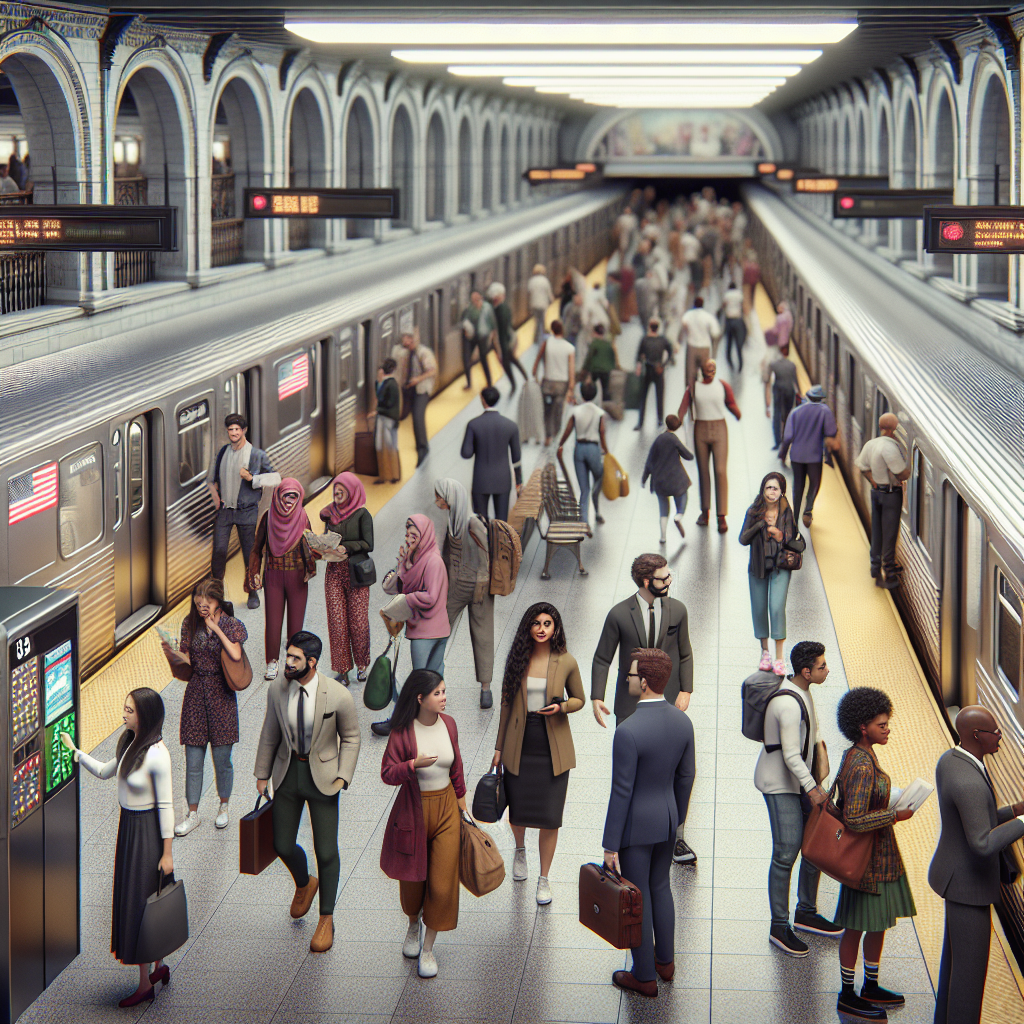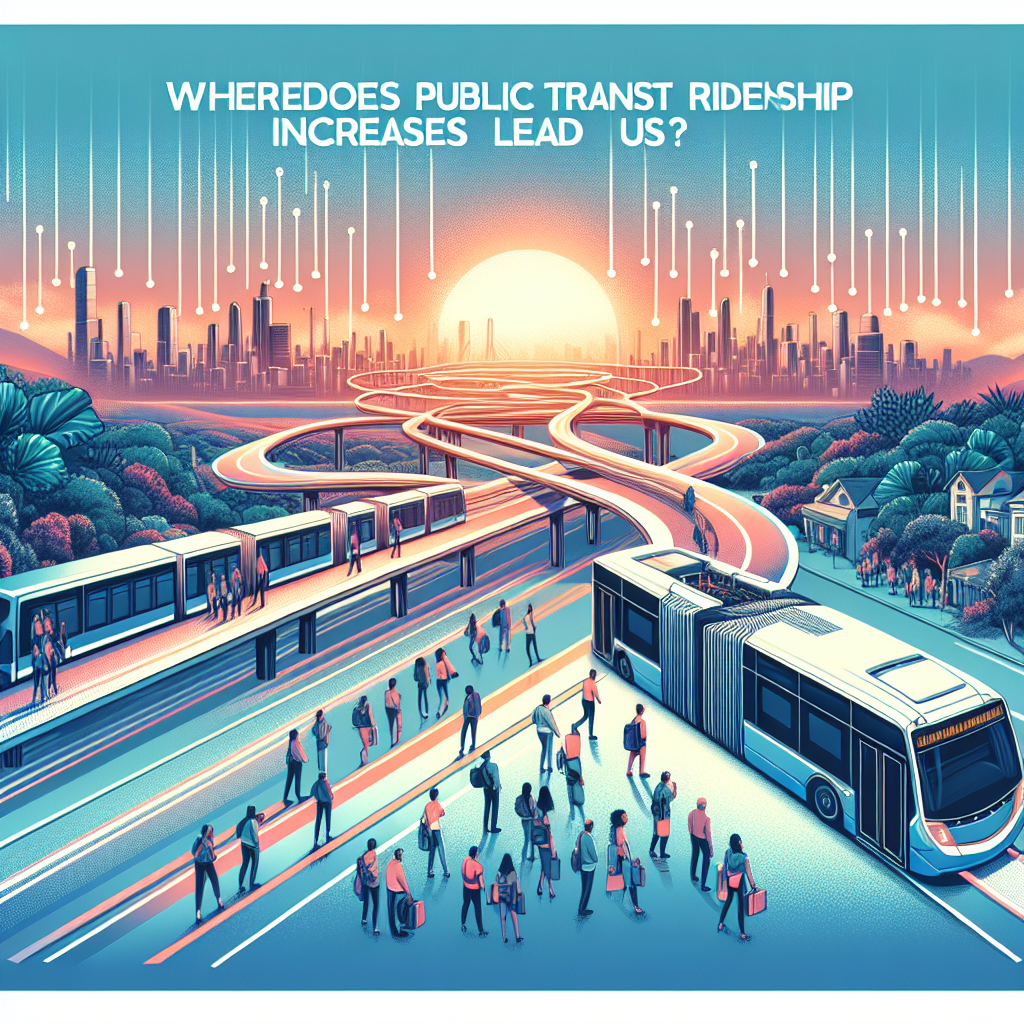As nations grapple with climate change and city congestion, a quiet revolution is emerging with public transit ridership on an unprecedented rise. The pressing question that surfaces now is: Where does this lead us?
Policy Overview
Cities across the world are increasingly pushing policies designed to enhance public transport systems while discouraging private car usage. These policies range from implementing high occupancy vehicle lanes to subsidizing train or bus travel.
Historical Context
Historically, as cities expanded and economies grew so did the reliance on personal vehicles due to their inherent convenience over rudimentary mass transportation systems. This trend is now being challenged by shifts in policy-making towards sustainable alternatives.

Stakeholder Perspectives
The increase in public transit usage brings varied responses from stakeholders; commuters find it economically viable and environment-friendly; governments anticipate a decrease in pollution levels; yet automobile industries worry about potential market shrinkage.
Economic Impact
The surge in use of public transport could bring significant economic benefits by reducing congestion-related costs like lost productivity time while funneling funds back into local economies through system improvements and job creation.
Social Consequences
Societally, greater use of mass transit might bridge socio-economic gaps granting equal access to transportation irrespective of income status. However there can be pushback against policies perceived restrictive towards personal freedoms such as owning cars.

Implementation Challenges
Implementing policies to enhance ridership carries its own challenges, including availability of funding, maintenance of aging infrastructures and addressing security concerns associated with mass transit.
The progress can be measured by the increase in frequency of public transportation usage, a decrease in number of private vehicles on roads and overall reduction in carbon emissions.
Apart from enhancing traditional bus or train networks, alternatives can include micromobility solutions like bike-sharing programs or development of low-emission transportation options like hydrogen buses.

If trends continue, cities worldwide would witness a transformative shift leaning towards sustainable mobility. This could herald an era dominated by enhanced city landscapes boasting improved air quality while reducing dependence on fossil fuels.
To maximize this upward trend, it is essential for governments to invest further in infrastructure improvement, safety enhancement and promotion campaigns emphasizing the environmental merits and cost-effectiveness of public transit use over personal vehicles.<\p>

